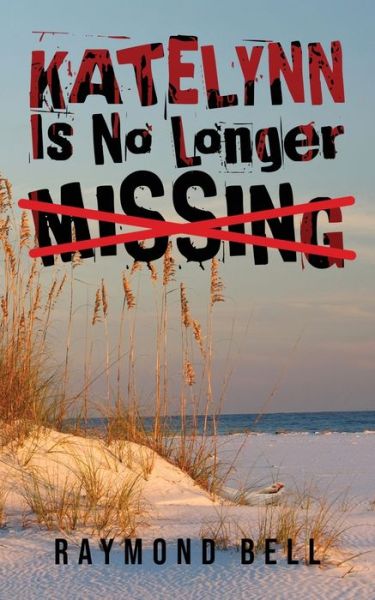
Tell your friends about this item:
What's Next?
Raymond Bell
What's Next?
Raymond Bell
I'm constantly intrigued about the world around me. I recently read an article about Human Trafficking. I'd heard stories about people that become addicted and find themselves on the streets selling themselves, normally for sex. I was not aware that slavery still existed. Of my many travels I did spend time at the Rosebud Reservation in South Dakota, and at St. Joseph's Indian School in Chamberlin. This story is fiction. The description of the
Tribal Police has been colored Tony Hillerman who wrote about the Navajo Tribal Police. Although this story is fiction, unfortunately these events take place all too often. In my imagination it only made sense to me to have living bodies close to medical facilities where they could be used. Although it is not legal to pay for organs there is still people who will pay a great deal of money for living organs. Storage and preservation solutions are transported to the donor hospital within the temperature-controlled polyurethane container, and the organs are returned in the same container, within an inflatable cushion. This method is the preferred method of transportation of tissue and organs. This method offers advantages over the more conventional methods of organ storage with regard to convenience, temperature control, and sterility. The science of organ transplants has come a long way. There are many people living today because someone authorized the transplant of his organ.
| Media | Books Paperback Book (Book with soft cover and glued back) |
| Released | August 18, 2021 |
| ISBN13 | 9781639500673 |
| Publishers | Writers Apex |
| Pages | 192 |
| Dimensions | 152 × 229 × 11 mm · 290 g |
| Language | English |

 Christmas presents can be returned until 31 January
Christmas presents can be returned until 31 January





